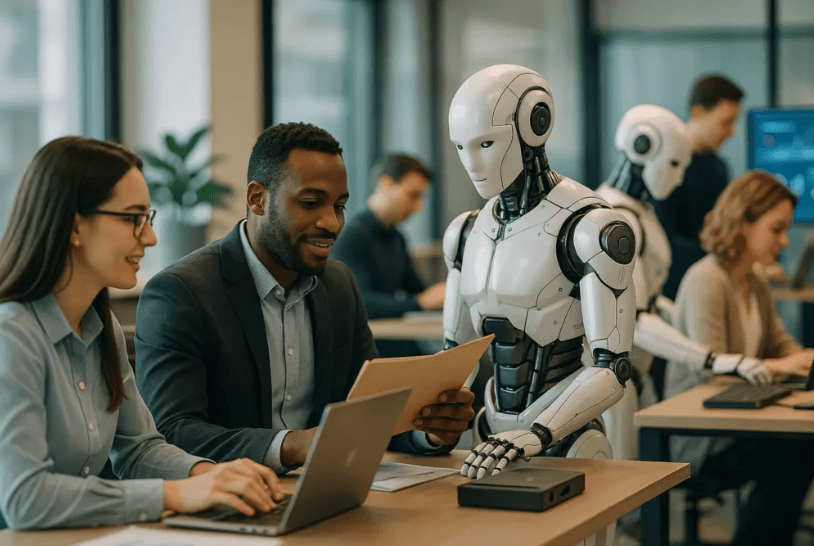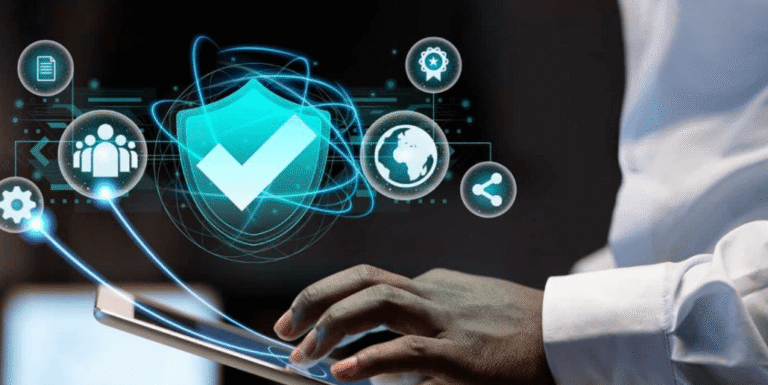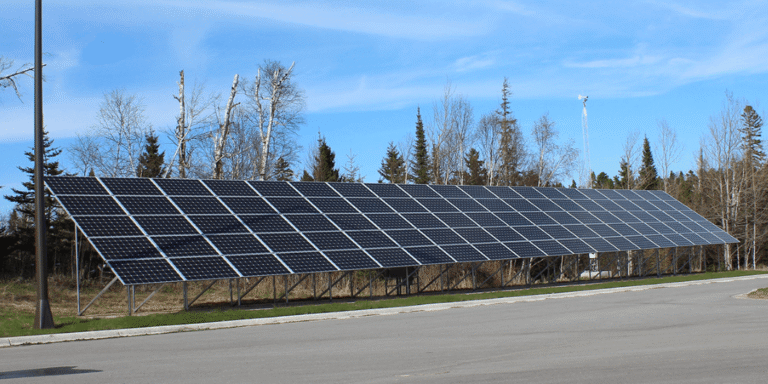The Future of Robotics: How AI and Automation Are Changing the Workforce

The integration of AI and automation into the workforce is reshaping job markets worldwide. As machines increasingly handle repetitive tasks, traditional roles are evolving or disappearing. This transformation demands a new set of skills centered around technology and data. Meanwhile, the dynamics of human-machine collaboration are also shifting. Understanding these changes is crucial, as they will influence the very fabric of employment in the years to come. What will this mean for future job seekers?
The Impact of Automation on Job Markets
The rapid advancement of automation technologies is reshaping job markets across various industries. Job displacement is becoming increasingly common as machines take over repetitive tasks, leading to significant shifts in workforce dynamics.
To thrive, individuals and organizations must embrace workforce adaptation, cultivating resilience and flexibility in the face of change. This evolution presents both challenges and opportunities for those seeking to reclaim their professional autonomy.
See also: The Future of Renewable Energy Tech: Solar, Wind, and Beyond
Emerging Skills and Roles in an Automated World
As automation continues to integrate into various sectors, a new landscape of skills and roles is emerging, necessitating a shift in workforce competencies.
Reskilling initiatives are essential for equipping employees with necessary digital literacy, enabling them to thrive in this evolving environment.
Roles focused on data analysis, programming, and technology management will become increasingly vital, fostering a workforce adept at navigating automation’s complexities.
The Future of Human-Machine Collaboration
Collaboration between humans and machines is poised to redefine the dynamics of the workplace, shaping how tasks are approached and executed.
As collaborative robots enhance human interaction, they empower workers to focus on complex problem-solving and creativity.
This synergy not only improves efficiency but also fosters a culture of innovation, allowing individuals to thrive in an increasingly automated environment while maintaining their autonomy.
Conclusion
In conclusion, the integration of AI and automation in robotics is reshaping the workforce, necessitating a transition toward digital literacy and technical skills. For instance, a manufacturing company that incorporated AI-driven robotics saw a 30% increase in productivity while retraining employees for advanced roles in data analysis and technology management. This scenario exemplifies how embracing change not only mitigates job displacement but also enhances human-machine collaboration, fostering a more innovative and adaptive workforce.



